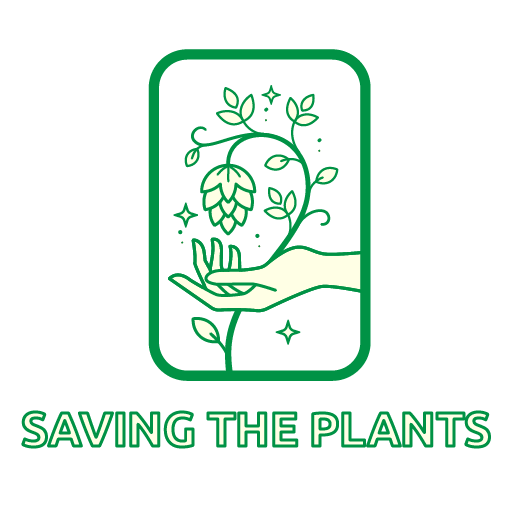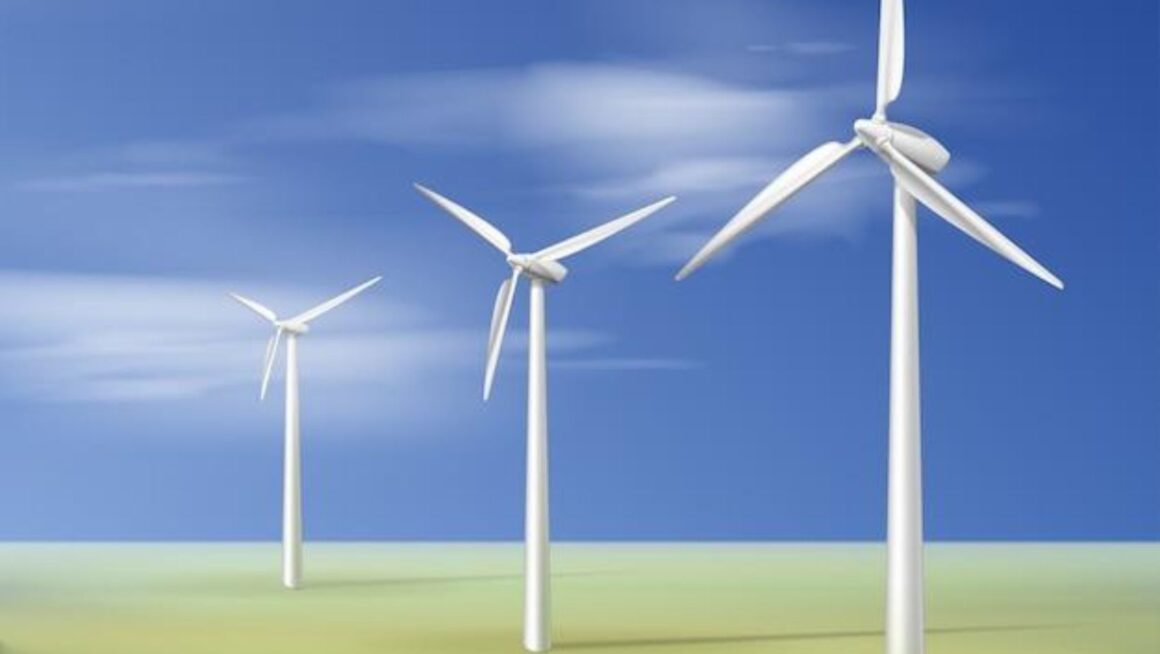Wind energy has been a key pioneer in the global revolution, and renewable energy is now a driving force behind the solution to the world’s energy dilemma. This article covers the intricate engineering and practicalities involved in effectively turning wind power into electrical power, as well as wind’s contribution to renewable energy sources and future prospective uses.
Comprehending Wind Energy
Understand the Principle of Wind Power
Hydroelectricity is the process of converting the energy of moving streams of water into electrical energy. Wind energy is converted to kinetic energy, which powers a wind turbine. The generator’s rotor, which rotates to produce electricity, is hinged to these blades. It is a straightforward procedure that harnesses the energy of flowing air to create electricity with the greatest efficiency possible.
How do Wind Turbines Work?
Modern wind turbines are true engineering marvels, particularly today. There are two main varieties: the three-bladed VAWT and the two-wounded HAWT. HAWTs, which are more common, are mounted atop tall towers and feature blades that resemble an aeroplane’s propeller. In this situation, the wind causes moments in the horizontal axis of the rotating blades.
A generator produces power during one of this turbine’s rotations. The Vertical Axis Wind Turbine is the second type of turbine. Although less prevalent, turbines operate on a vertical shaft and are more efficient when the wind comes from a turbulent angle.
The Potential of Wind Energy
Wind Energy Potential
The wind has a lot of potential for wind energy generation. According to the Global Wind Energy Council, wind energy projects may provide one-sixth of the electricity produced globally. The potential for wind energy is increasing due to ongoing technology advancements and rising costs.
Wind Energy Technologies Office
One of the top research and development organizations in wind energy is the U.S. Department of Energy’s Wind Energy Technologies Office (WETO), housed within the Office of Energy Efficiency and Renewable Energy.
The WETO is concerned with finding practical ways to increase the effectiveness and reduce the cost of wind power projects. To improve wind power capacity and grid management, advances in turbine blade design, turbine materials, and process digitalization are discussed here.
Types of Wind Farms
Wind farm: Onshore vs. Offshore
Currently, the most popular type of wind energy plant is onshore wind farms constructed on land. They can install it more efficiently, and maintenance is more accessible. Wind power plant complexes are located in seas and oceans, where winds are stronger and have less of an impact on humans.

Offshore wind power farms require extensive installation and maintenance. They are more expensive to construct but can generate more power because the wind is stronger and more constant over the water.
Distributed Wind Energy
The idea of distributed wind energy involves using these turbines to generate electricity for local consumption rather than feeding it into the electrical grid, as is currently the case with most sizable wind power installations.
These systems can be installed in homes, farmhouses, or commercial buildings to provide a constant energy supply on-site, lowering the need for a central power source.
An Economic Evaluation of Wind Power Systems
Investment and Cost Efficiency
The government’s manufacturing tax credit and continuous wind turbine cost reductions have helped the wind power industry gain appeal. Wind energy has been cheaper over the last ten years, making it a more attractive substitute for fossil fuels and other energy sources.
Furthermore, wind energy shields customers from the price instability of fossil fuels by providing a set price.
Utilizing Capacity and Load Factors
The energy produced over a specific time divided by the turbine’s rated capacity is the formula used to determine a wind turbine’s power output. Due to the sporadic nature of the available energy, solar and wind energy have low capacity factors, significantly contributing to their high production costs.
The installed capacity for wind power development worldwide is increasing as wind power generation continues in China, the United States, and Germany.
Environmental and Social Impact
Cutbacks on Carbon Emissions
Wind energy is a limitless, zero-emission option. Wind farms help limit climate change by removing fossil fuel-based electricity-producing stations, thus lowering carbon emissions into the environment. Every MWhr of power produced from wind potential averts one ton of CO2 emissions.
Benefits to Local Communities
The construction of wind energy facilities may benefit cities and towns economically. They work in the production, installation, and maintenance industries. One advantage of wind energy is that it allows landowners to generate additional income by renting out their properties to house wind turbines.
Additionally, wind farms benefit the community by generating tax income that may be allocated to infrastructure and public services.
Challenges and Future Prospects
Overcoming Intermittency
The fact that wind energy sources are intermittent—the wind does not always blow—raises another significant concern. However, this may be avoided by utilizing energy storage technologies, such as batteries, and complementary power sources, such as solar and wind power, which constantly work in concert to increase the consistency and dependability of the energy source being used.
Technological Progress
Recent advancements in wind turbine technology increase wind energy’s cost-effectiveness and efficiency. Some advantages of manufactured turbines include their longer and more prominent blades, which improve the amount of wind they can gather and hence produce more power.
In addition, continuous advancements in material technology and engineering methodologies have enhanced turbine robustness.
Conclusion
Wind energy has great potential to alter the global energy source landscape. There are several reasons why wind power will play a significant role in renewable energy in the future, ranging from assembling intricate mechanical elements in wind turbines to concerns about the environment and the economy.

Businesses and governments may positively influence the sustainable energy generation of wind energy, lower carbon emissions, and benefit the local economy through wind energy. Wind power appears to have a promising future and the ability to completely change how we consume energy, especially as the market for wind energy expands and technological advancements continue.


